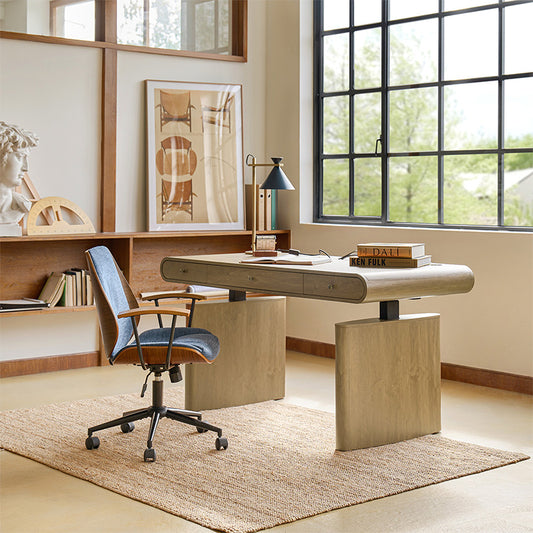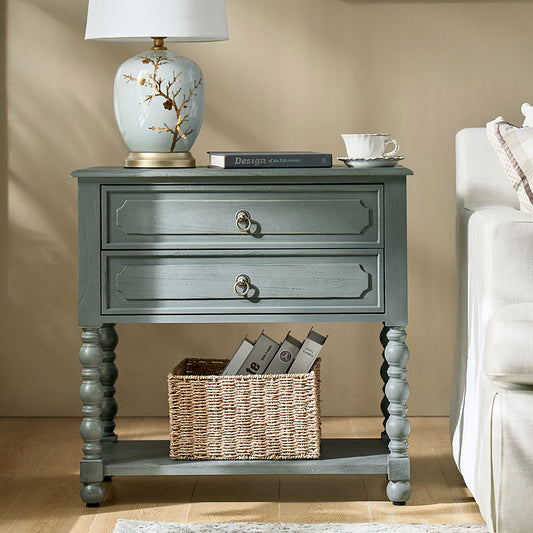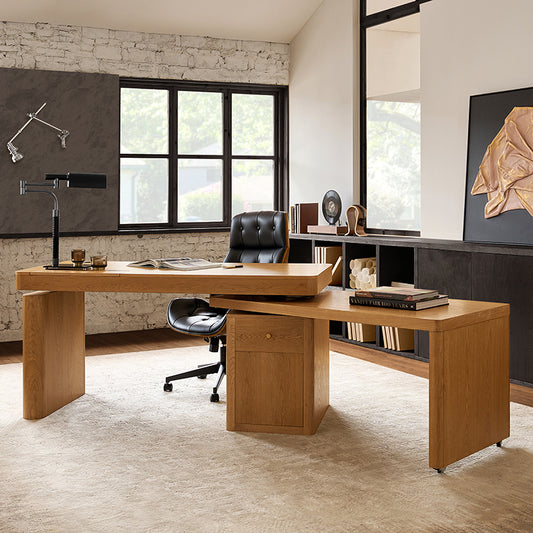How To Mix And Match Bedroom Furniture?

Mixing and matching bedroom furniture isn’t just a passing trend; it’s a fantastic way to express your personality and create a space that feels uniquely yours. Whether you're aiming for a cohesive yet eclectic vibe or simply trying to make the most of what you already own, the process can be both exciting and rewarding. Let’s dive into how you can master this art.
Understanding Your Style
Defining Your Personal Style
Before you start mixing, take a moment to define your personal style. Are you into sleek, modern designs, or do you love the cozy charm of rustic pieces? Knowing your preferences helps you create a roadmap.
Common Bedroom Styles
- Modern: Clean lines, neutral tones, minimal décor
- Rustic: Warm wood finishes, earthy tones, distressed elements
- Vintage: Ornate details, antique furniture, nostalgic vibes
- Minimalist: Simplicity, monochromatic palettes, functional designs
The Basics of Mixing and Matching
Contrast vs. Complement
When mixing furniture, think about whether you want pieces that contrast or complement each other. For example, pairing a sleek, modern bed with a vintage wooden dresser creates a balanced contrast. Balance is key. Too much variety can make a room feel chaotic, while too much uniformity might feel boring. Aim for a happy medium.
Choosing a Color Palette
Using Neutral Tones for Flexibility
Neutral shades like whites, greys, and beiges provide a versatile backdrop. They let your furniture pieces shine without clashing.
Adding Pops of Color Strategically
Introduce vibrant accents through pillows, throws, or a statement chair to add life to the room.
Coordinating Finishes and Textures
How Wood Tones Interact
Don’t be afraid to mix light and dark wood tones. A whitewashed bedside table can look stunning next to a rich walnut bed frame.
Combining Smooth and Textured Surfaces
Mixing materials like leather, velvet, or metal adds depth and interest to your bedroom.
Layering Patterns
Pairing Patterns Without Overwhelming
Use patterns in moderation. A striped rug can pair beautifully with floral bedding if the colors are harmonious.
Examples That Work
- Stripes with polka dots in matching colors
- Geometric prints with soft, organic designs
The Role of Anchor Pieces
What Is an Anchor Piece?
An anchor piece, like a bed frame or dresser, sets the tone for the room. Choose this piece first and build around it.
Choosing the Right One
Opt for something timeless and versatile so it works with other furniture styles.
Accessorizing Smartly
Picking Décor That Ties the Look Together
Use accessories like lamps, mirrors, and wall art to create a sense of unity.
The Role of Rugs, Curtains, and Bedding
These elements can bridge gaps between mismatched furniture, making the room feel intentional.
Mixing Furniture Eras
Incorporating Vintage and Modern Elements
Blend the charm of vintage furniture with the simplicity of modern pieces for a unique look.
Keeping It Cohesive
Stick to a consistent color palette or material to tie different eras together.
Practical Tips for Smaller Spaces
Choosing Multi-Functional Pieces
In tight spaces, opt for furniture that doubles up, like a storage ottoman or a bed with drawers underneath.
Avoiding Clutter
Less is more. Stick to a few statement pieces rather than overcrowding the room.
Inspiration from Nature
Adding Natural Materials
Incorporate wood, bamboo, or wicker to bring warmth to your bedroom.
Using Plants as Décor
A few potted plants can add a fresh, vibrant touch to your space.
Lighting Matters
Choosing the Right Lamps and Fixtures
Layered lighting, including bedside lamps and ceiling fixtures, sets the mood and highlights your furniture.
Lighting Influences Vibes
Soft, warm lighting creates a cozy ambiance, while bright, cool lights enhance modern designs.
Common Mistakes to Avoid
Overmixing
Throwing too many styles together can result in a disjointed look. Stick to 2-3 styles for consistency.
Ignoring Proportions
Ensure furniture sizes are proportional to the room and to each other. A tiny nightstand next to a massive bed can look awkward.
Bringing It All Together
Once you’ve selected your pieces, arrange them thoughtfully. Step back and evaluate the overall look. Don’t hesitate to make adjustments until everything feels just right.
Conclusion
Mixing and matching bedroom furniture allows you to showcase your creativity and individuality. With the right approach, you can transform your bedroom into a stylish and harmonious retreat. So, take the plunge, experiment boldly, and let your personality shine through!
FAQs
-
What are the key pieces of bedroom furniture to mix and match?
Focus on the bed, dresser, and nightstands as the main elements. These anchor the room and provide opportunities for creative combinations. -
How do I choose colors that work well together?
Start with a neutral base and add complementary or contrasting accents in your favorite shades. -
Is it okay to mix different wood tones?
Yes! Mixing wood tones adds depth, as long as they share a similar undertone (warm or cool). -
How do I make my mismatched furniture look intentional?
Use décor elements like rugs, lighting, and bedding to tie everything together. -
Can I mix furniture styles in a small bedroom?
Absolutely! Stick to fewer, high-impact pieces and focus on maintaining a cohesive color palette.



























No comments